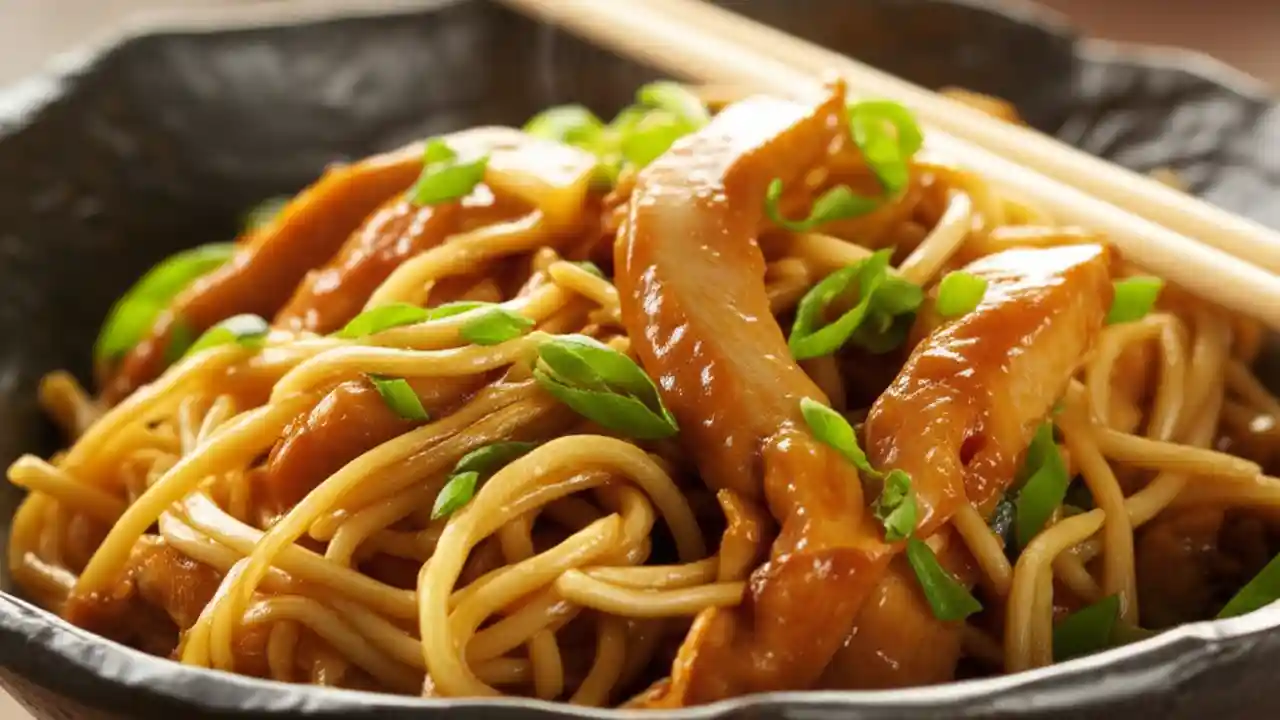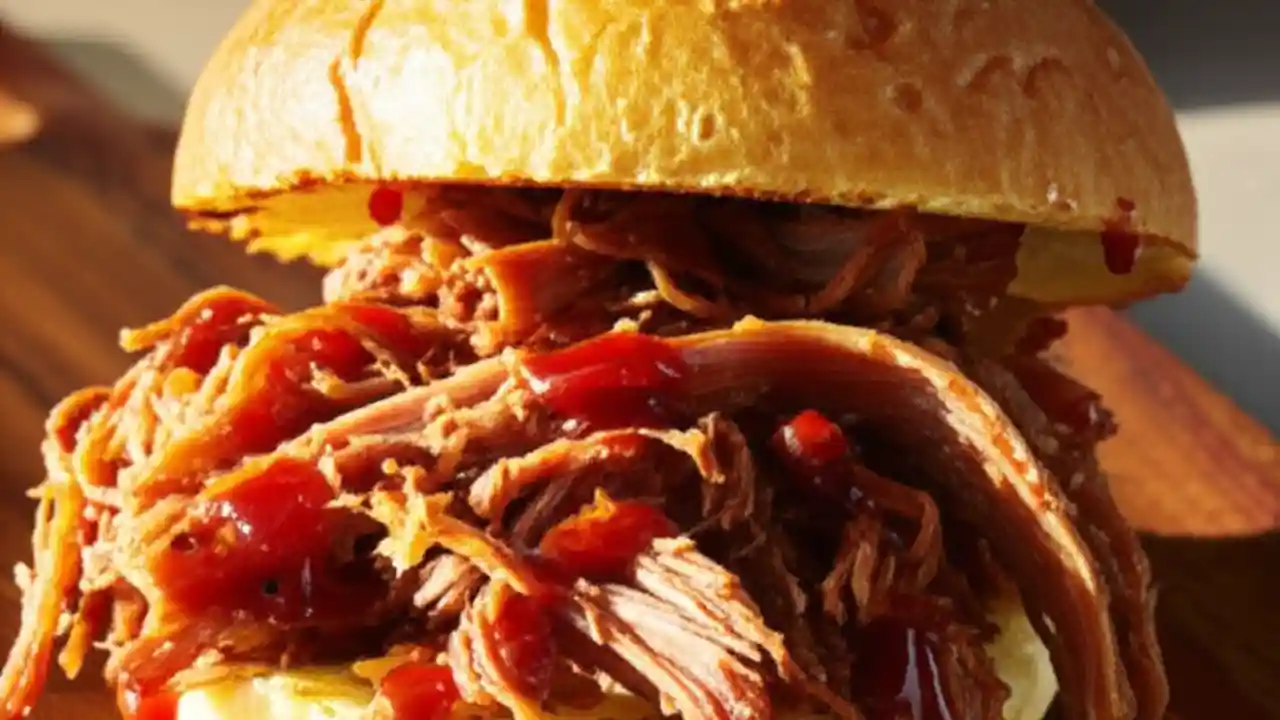A raw food diet is an eating plan centered around uncooked, unprocessed, and mostly plant-based foods. The core idea is that heating food above a certain temperature (typically 104–118°F or 40–48°C) destroys its natural enzymes and reduces its nutrient content, so eating foods in their natural state is best for your health.
If you’ve ever felt curious about this vibrant way of eating, you’re in the right place. As someone who has explored and guided others through various dietary approaches for two decades, I’ve seen the raw food diet spark incredible transformations. But I’ve also seen the confusion it can cause for beginners.
This guide is designed to cut through the noise. We’ll explore what the raw food diet for beginners truly entails, discuss the real benefits and potential risks, and give you a practical roadmap to get started. We’ll cover everything from your first shopping list to navigating social dinners, making this your one-stop resource for starting a raw food journey.
Table of Contents
Understanding the Raw Food Diet: The Core Principles
Before you start swapping your stir-fry for salads, it’s essential to grasp the “why” behind this lifestyle. It’s not just about eating cold food; it’s a philosophy centered on living, whole foods.
What Exactly Defines a “Raw Food Diet”?
At its heart, a raw food diet, or “raw foodism,” involves consuming foods that haven’t been cooked, processed, pasteurized, or treated with chemicals. The main rule is the temperature threshold. Proponents believe that high heat denatures the enzymes in food that are thought to aid digestion and absorption. Cooking can also diminish levels of certain vitamins, like vitamin C and B vitamins.
Most raw food diets are primarily vegan, focusing on fruits, vegetables, nuts, and seeds. However, some variations exist:
- Raw Veganism: The most common form, excluding all animal products.
- Raw Vegetarianism: Includes plant-based foods plus uncooked eggs and unpasteurized dairy products.
- Raw Omnivorism: Includes all of the above, plus raw or dried meat and raw fish (like sashimi or ceviche).
For this guide, we’ll focus on the most popular and accessible version: the raw vegan diet.
What’s the Philosophy Behind Eating Raw?
The central belief is that raw foods are “living foods,” packed with vital life force energy and enzymes. Cooking is seen as a process that “kills” the food, stripping it of its most valuable components. While the role of food enzymes in human digestion is debated by mainstream science (our bodies produce their own digestive enzymes), the benefits people experience are often real.
These benefits usually stem from the *type* of foods you’re eating: whole, unprocessed, and incredibly high in fiber, vitamins, and minerals. You’re naturally eliminating processed junk, refined sugars, and unhealthy fats, which is a recipe for better health regardless of the temperature.
Is a Raw Food Diet the Same as a Vegan Diet?
This is a common point of confusion. Think of it like this: most raw foodists are vegan, but not all vegans are raw foodists. A vegan diet excludes all animal products, but it can include plenty of cooked foods like roasted vegetables, lentil soup, and baked bread. A raw food diet takes it a step further by setting the “no-cook” rule.
| Dietary Aspect | Standard Vegan Diet | Raw Vegan Diet |
|---|---|---|
| Excludes Animal Products | Yes (meat, dairy, eggs, honey) | Yes (meat, dairy, eggs, honey) |
| Allows Cooked Food | Yes (steamed, baked, fried, etc.) | No (food kept below 118°F / 48°C) |
| Example Meal | Black bean burger on a bun with baked sweet potato fries. | Walnut-lentil “burger” on a lettuce wrap with jicama fries. |
| Common Foods | Tofu, tempeh, beans, grains, cooked vegetables. | Sprouted grains, nuts, seeds, fresh fruits and vegetables. |
The key takeaway is that while both diets are plant-centric, the preparation method is the defining difference.
What to Eat: Your Raw Food Shopping List
Walking into a grocery store with a new diet in mind can feel daunting. Let’s simplify it. Your cart should be filled with fresh, vibrant, and whole ingredients. Think of the produce aisle as your new playground.
What Foods Can You Eat on a Raw Food Diet?
Your menu is more abundant than you might think. It’s a celebration of nature’s pantry. Here’s a basic list to get you started:
- Fresh Fruits: All kinds. Berries, bananas, apples, mangoes, citrus, melons.
- Raw Vegetables: Leafy greens (spinach, kale), broccoli, bell peppers, carrots, celery, zucchini.
- Nuts and Seeds: Almonds, walnuts, cashews, sunflower seeds, chia seeds, flax seeds (preferably soaked or “activated”).
- Sprouted Grains and Legumes: Sprouted quinoa, buckwheat groats, lentils, mung beans. Sprouting makes them digestible raw.
- Cold-Pressed Oils: Extra virgin olive oil, cold-pressed coconut oil, flaxseed oil.
- Fermented Foods: Raw sauerkraut, kimchi, coconut kefir (ensure they are unpasteurized).
- Seaweeds: Nori, dulse, kelp (in their raw, dried form).
- Natural Sweeteners: Raw agave nectar, raw honey (if not vegan), dates, pure maple syrup (use sparingly).
What Foods Are Off-Limits?
The “no” list is just as important. It primarily includes anything that has been cooked or heavily processed.
- All Cooked Foods: Anything baked, fried, roasted, grilled, or steamed.
- Processed Foods: Most items in a box, can, or bag with a long ingredient list.
- Refined Sugars and Flours: White sugar, all-purpose flour.
- Table Salt: Replaced with Himalayan pink salt or sea salt.
- Coffee and Roasted Teas: The roasting process involves high heat. Some raw foodists drink green tea.
- Roasted Nuts and Seeds: Always opt for the raw versions.
– Pasteurized Juices and Dairy: The heating process of pasteurization makes them non-raw.
A Sample 1-Day Raw Food Meal Plan for Beginners
Seeing it all laid out can make it feel much more achievable. Here’s what a delicious day of raw eating could look like:
| Meal | Sample Dish | Simple Preparation |
|---|---|---|
| Breakfast | Green Power Smoothie | Blend 1 banana, a large handful of spinach, 1 tbsp chia seeds, and 1 cup of almond milk. |
| Lunch | Zucchini “Pasta” with Pesto | Spiralize one zucchini. Blend fresh basil, pine nuts, garlic, olive oil, and a pinch of salt for the pesto. Toss together. |
| Snack | Apple Slices with Almond Butter | Slice one apple and serve with 2 tablespoons of raw almond butter. |
| Dinner | Creamy Tomato Gazpacho | Blend ripe tomatoes, cucumber, bell pepper, garlic, and a splash of olive oil until smooth. Chill before serving. |
The Health Equation: Benefits vs. Risks
Any major dietary change comes with potential upsides and downsides. It’s crucial to approach the raw food diet with open eyes, understanding both its celebrated benefits and its necessary precautions. This is where experience and a balanced perspective are vital.
What Are the Potential Benefits of a Raw Food Diet?
Many people who try a raw food diet report feeling fantastic. While scientific research is limited, the anecdotal evidence is strong, and the benefits can often be explained by the nutritional principles at play.
I remember a client, a busy 45-year-old executive, who transitioned to a “raw till 4” approach. Within a month, he reported not just weight loss but also clearer thinking and an end to his chronic afternoon slump. This is common.
Potential benefits include:
- Weight Loss: Raw foods are typically low in calories and high in fiber and water, which promotes fullness and reduces overall calorie intake.
- Increased Energy: By cutting out heavy, processed foods, your digestive system has less work to do, potentially freeing up energy.
- Improved Digestion: The high fiber content from fruits, vegetables, and sprouted grains is excellent for promoting regularity and a healthy gut microbiome.
- Clearer Skin: The high intake of vitamins, minerals, and water, combined with the elimination of processed sugars and fats, can lead to a healthier complexion.
- Reduced Risk of Chronic Disease: A diet rich in fruits and vegetables is consistently linked to a lower risk of heart disease, type 2 diabetes, and certain cancers.
Are There Any Risks or Nutrient Deficiencies to Worry About?
Yes, and it’s irresponsible to ignore them. A poorly planned raw food diet can lead to significant nutritional gaps. This is the most critical part of the guide: you must be mindful.
The primary nutrients of concern are:
- Vitamin B12: This is almost exclusively found in animal products. On a raw vegan diet, supplementation is not optional—it’s essential for nerve health and preventing anemia.
- Calcium: While present in greens like kale and bok choy, it can be hard to get enough without dairy. Focus on calcium-set tofu (if you include minimally processed items), fortified plant milks, and sesame seeds.
- Iron: Plant-based iron (non-heme) is less bioavailable than iron from meat. Pair iron-rich foods like spinach and lentils with a source of vitamin C (like bell peppers or lemon juice) to enhance absorption.
- Vitamin D: The “sunshine vitamin” is not abundant in any diet, raw or otherwise. Most people, especially in colder climates, need a supplement.
- Omega-3 Fatty Acids: While you can get ALA (a type of omega-3) from flax, chia, and walnuts, converting it to the more crucial EPA and DHA is inefficient. An algae-based EPA/DHA supplement is a wise investment.
Additionally, some vegetables, like cruciferous ones (broccoli, cabbage) and tomatoes, have nutrients (goitrogens and lycopene, respectively) that become *more* bioavailable after cooking. A 100% raw diet isn’t necessarily superior in every single aspect.
Getting Started: Practical Tips for Success
The idea of going 100% raw overnight is a recipe for failure for most people. The key to long-term success is a gradual, sustainable transition. It’s about progress, not perfection.
How Do I Start a Raw Food Diet Without Feeling Overwhelmed?
Take it one step at a time. I’ve seen this approach work for hundreds of people. Don’t try to change everything at once.
- Start with One Raw Meal a Day: A breakfast smoothie is the easiest place to begin. It’s fast, delicious, and energizing. Do this for a week.
- Try “Raw Till 4”: This popular approach involves eating raw for breakfast and lunch, then having a sensible cooked vegan dinner. It’s a fantastic way to get many of the benefits while maintaining social flexibility.
- Incorporate a Raw Snack: Swap your usual afternoon snack for a piece of fruit, a handful of nuts, or some veggie sticks with guacamole.
- Focus on Adding, Not Subtracting: Instead of thinking, “I can’t have pasta,” think, “I’m going to have an amazing, huge salad for lunch.” This mindset shift is powerful.
What Kitchen Tools Make a Raw Food Diet Easier?
You don’t need a professional kitchen, but a few key pieces of equipment will make your raw food journey infinitely more enjoyable and creative. Consider these your new best friends.
| Tool | Why It’s Essential | Beginner-Friendly Use |
|---|---|---|
| High-Speed Blender | Crucial for creamy smoothies, soups, sauces, and nut milks. | Morning green smoothies. |
| Good Quality Knife | You’ll be chopping a LOT of produce. A sharp knife is a safety and efficiency must-have. | Prepping salads and fruit plates. |
| Food Processor | Great for making pestos, nut-based “crusts,” energy balls, and chopping veggies finely. | Making date-and-nut energy balls for snacks. |
| Spiralizer | Turns vegetables like zucchini and carrots into fun noodle shapes. | Making zucchini “zoodles” for a pasta substitute. |
| Dehydrator (Optional) | For more advanced recipes like raw crackers, bread, and fruit leather. A “nice-to-have” later on. | Making kale chips by tossing kale with olive oil and salt and dehydrating until crisp. |
How Do You Handle Social Events and Dining Out?
This is often the biggest hurdle. Feeling socially isolated can derail any diet. But it’s entirely manageable with a little planning.
- Check the Menu Online: Before you go, look for salads (ask for dressing on the side), fresh spring rolls, or appetizer plates with raw veggies.
- Call the Restaurant: A quick, polite call to ask if the chef can prepare a large, custom salad or a fruit platter can work wonders. Most places are happy to accommodate.
- Eat Before You Go: Have a small, satisfying raw meal before a party or gathering. That way, you can focus on socializing instead of stressing about the food. You can nibble on what’s available without feeling starved.
- Bring a Dish to Share: If you’re going to a friend’s house, offer to bring a big, beautiful raw salad or a delicious raw dessert. Everyone will love it, and you’ll have a guaranteed safe option.
- Focus on the Company: Remember that meals are about connection. Don’t let your food choices dominate the conversation or your experience. Simply enjoy being with people you care about.
Conclusion
Embarking on a raw food diet is a journey into a world of vibrant, nutrient-dense foods that can offer incredible benefits for your health, energy, and well-being. It’s not a magic bullet, but a mindful way of eating that prioritizes whole, unprocessed ingredients. The key is to start slowly, listen to your body, and ensure you’re meeting all your nutritional needs through careful planning or supplementation.
Remember, this isn’t an all-or-nothing game. Even incorporating more raw foods into your existing diet can have a profound positive impact. If this guide has sparked your curiosity, share it with a friend and start exploring the delicious possibilities together.







